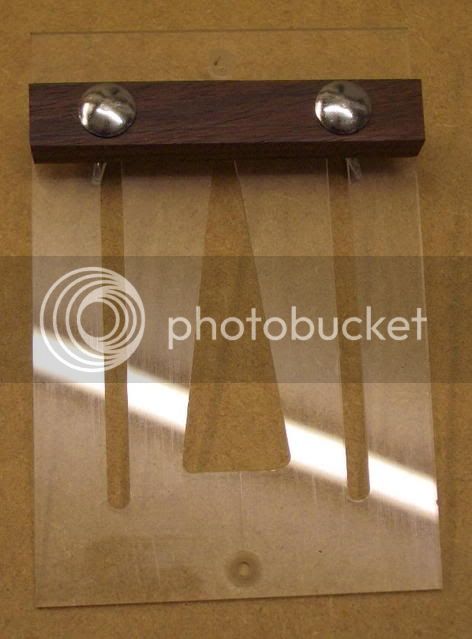brianhabby
Established Member
Hi all.
I know there has been lots of advice here on the merits or otherwise of the different methods of cutting dovetails, but what about spacing them.
So far in my endeavours, I've just been eyeballing them but I wondered if there was an optimum way of sizing and spacing dovetails.
Any ideas?
regards
Brian
I know there has been lots of advice here on the merits or otherwise of the different methods of cutting dovetails, but what about spacing them.
So far in my endeavours, I've just been eyeballing them but I wondered if there was an optimum way of sizing and spacing dovetails.
Any ideas?
regards
Brian










